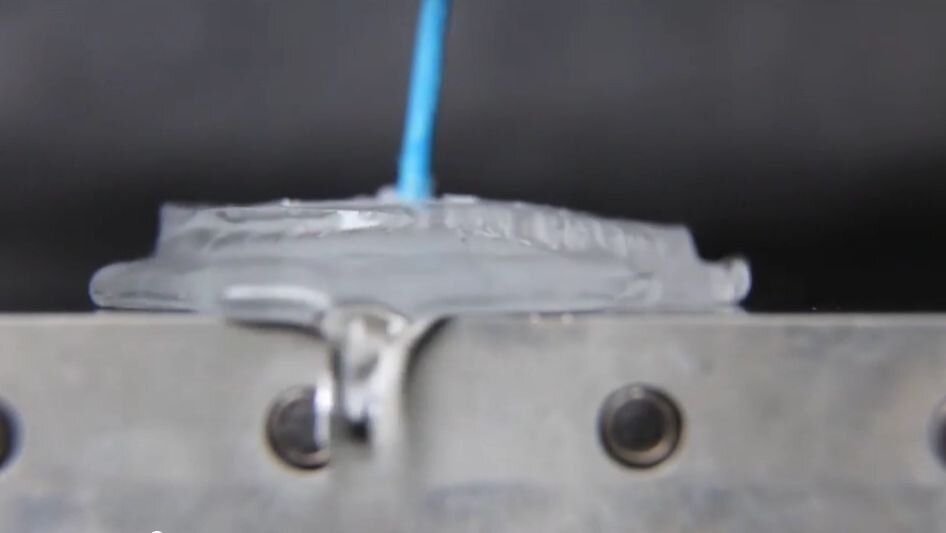
- Image via Wikipedia
Reframing the pitch behind energy efficiency is the key to changing people’s behavior
The professor takes great care in how he speaks. He knows when to talk and when to smile, when a laugh can disarm his listeners and draw them into his point. When answering questions, he’ll pause mid-sentence to repeat the questioner’s name, then continue.
Lately he has been pondering this question: For decades, advocates have tried the emotional and rational sells for saving energy. Turn off the lights, program the air-conditioner, unplug idle appliances, and it’ll either benefit the planet or save piles of cash. While these tactics have picked up some steam, millions of Americans remain unmoved.
Influencing what people do is Robert Cialdini‘s business. Formerly of Arizona State University’s psychology department, he wrote one of the best-selling books on persuasion of all time. “Influence” came out in 1984, and it’s reached five editions since. Legions of college students and CEOs have pored over it; Cialdini presents its still-salient findings at motivational talks.
What made “Influence” so compelling was its simple distillation of decades of research into six principles, or “weapons,” of persuasion.
For example, people are swayed by authority: They are more apt to jaywalk if a fellow in a well-tailored suit leads the way. People find more appeal in things that seem scarce: They say a cookie tastes better if it comes from a near-empty jar rather than a full one.
Now, the professor has trained his “weapons of influence” on how people use energy. For two years, he’s been “chief scientist” at OPOWER, a firm that studies utility customers, then advises the utility on how to save energy. Currently, 30 utilities have managed to cut energy use by at least 1.5 percent; some regions lead at 3.5 percent.
Compared with other strategies — efficient appliances, upgraded power plants, new grid technology — it has cost them next to nothing.
The key, according to Cialdini, has been reframing the pitch behind energy efficiency.
Savings and moral approaches fizzle
According to some researchers, the things people do every day — driving, showering, mowing the lawn — cause 33 to 40 percent of greenhouse gas emissions. Experts say these actions are packed with cheap ways to cut waste, but mysteriously, people just aren’t doing them.
Cialdini thinks this is because the campaign has focused on money and moral appeals — things that motivate less than the weapons of influence.









